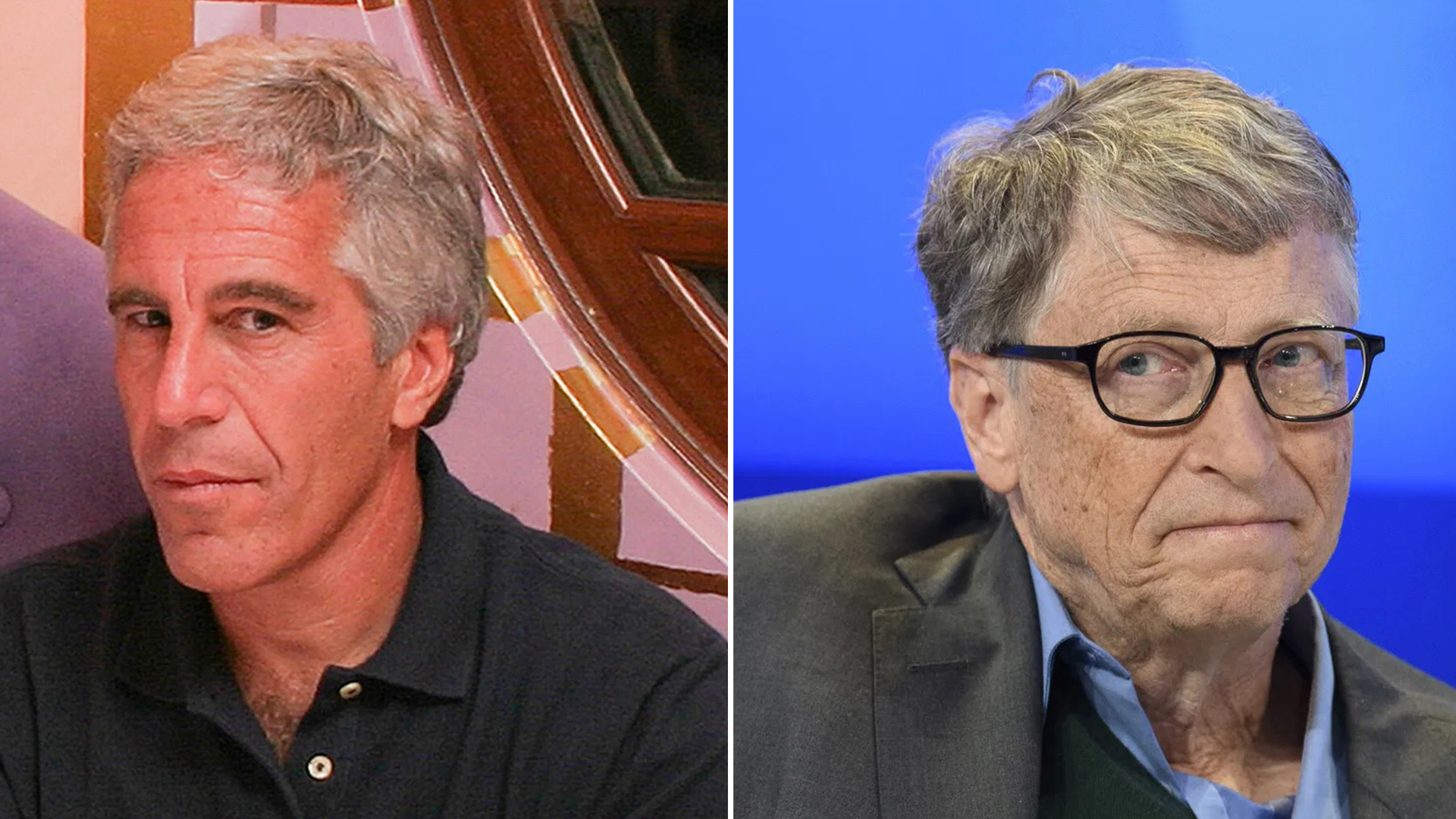The recent release of Jeffrey Epstein’s client list has stirred renewed interest in the connections and relationships that Epstein maintained with powerful figures around the world. Among the names surfacing most prominently in this disclosure is that of Bill Gates, the billionaire philanthropist and co-founder of Microsoft. While Gates’ name appearing on such a list has attracted widespread attention, the implications of his involvement, the nature of his connections to Epstein, and the broader significance of this revelation remain complex and multifaceted.
Bill Gates has previously acknowledged meeting Jeffrey Epstein on several occasions, with reports indicating that their interactions began around 2011, long after Epstein had been convicted of sex crimes in 2008. Gates has stated that his relationship with Epstein was limited and that their meetings were primarily centered on philanthropy. According to Gates, Epstein presented himself as someone with connections to major donors and influential people who could support Gates’ global health initiatives, particularly through the Bill and Melinda Gates Foundation.
Despite these explanations, the resurfacing of Gates’ name in connection to Epstein has reignited questions about the depth of their association and the true nature of their meetings. Critics argue that Gates, like many others, should have been more cautious about associating with someone who had a well-documented history of criminal behavior. Epstein’s ability to maintain relationships with prominent figures despite his conviction has been a focal point of public discourse, raising concerns about how power and influence can shield individuals from scrutiny.
It is essential to understand the broader context in which these names, including Gates’, are appearing. Epstein’s social network spanned a wide array of high-profile individuals, ranging from politicians to business leaders, academics, and celebrities. The exact nature of Epstein’s relationships with these individuals varied significantly, with some claiming only brief or transactional encounters, while others were linked to him more closely. However, not all individuals who appear on Epstein’s client lists or flight logs were necessarily involved in any illegal or inappropriate activities. For some, their associations with Epstein might have been strictly professional or coincidental, albeit still raising concerns due to Epstein’s reputation.
In Gates’ case, his representatives have maintained that his meetings with Epstein were centered around philanthropy and that Gates ended his interactions with Epstein when it became clear that no productive relationship or project would emerge. Nevertheless, reports from various media outlets have indicated that the two had multiple meetings, sometimes in personal settings. This ongoing relationship, even if focused on charitable work, has been enough to draw speculation about Gates’ decision-making and judgment in maintaining any contact with Epstein.
The broader concern that this revelation raises is how Epstein, despite his criminal record and allegations against him, was able to continue integrating himself into elite social and financial circles. Gates is just one of many well-known individuals who have had to address their connections to Epstein, but the fact that someone as prominent and influential as Gates engaged with Epstein has added fuel to the fire. It illustrates how individuals with significant power and resources can sometimes overlook troubling behavior when faced with potential opportunities for advancing their own causes, whether in business or philanthropy.
From a public perception standpoint, Gates’ association with Epstein has likely contributed to a degree of reputational damage, even if no direct wrongdoing is associated with their meetings. For someone whose image has been largely shaped by his philanthropic efforts in global health, education, and poverty alleviation, being connected to Epstein presents a stark contrast to the values he has espoused through his foundation’s work. This highlights the broader issue of how associations, no matter how benign or brief, can have far-reaching consequences when linked to figures involved in criminal activities.
Ultimately, while Gates has sought to distance himself from Epstein in the years since their meetings, the renewed attention from the release of Epstein’s client list has thrust him back into the spotlight. The public’s reaction has been mixed, with some viewing Gates’ explanation of philanthropy-based meetings as plausible, while others remain skeptical about why someone in his position would engage with Epstein in the first place. As more details emerge, it remains to be seen how this will impact Gates’ legacy and the perception of other high-profile figures named in similar contexts.
What is clear is that Epstein’s web of connections reached far and wide, affecting individuals across a range of industries and sectors. Gates’ appearance on this list serves as a reminder of the complex and sometimes murky world of influence, wealth, and power, where even the most well-intentioned relationships can become tainted by association with notorious figures. The fallout from these revelations will likely continue to reverberate, not just for Gates, but for many others who are now grappling with their links to Epstein being brought to light once again.
NOTE: This Is Satire, It’s Not True
